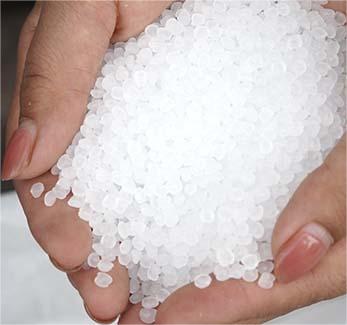The term "vacuum" refers to a condition in which the pressure within a given space is lower than the standard atmospheric pressure of 101,325 Pascals. In such an environment, the density of the gas is typically described by its pressure. The lower the pressure, the thinner the gas becomes.
There are various types of industrial vacuum pumps, each with specific testing methods and performance parameters. The key indicators include:
1. **Ultimate Vacuum**: This is the lowest pressure a vacuum pump can achieve after prolonged operation. When the pressure inside the test chamber stabilizes and no longer decreases, it is considered the pump’s ultimate vacuum. A lower value indicates a closer approximation to a perfect vacuum.
2. **Pumping Speed**: This measures the volume of gas that a vacuum pump can remove from the system per unit of time. It reflects the efficiency of the pump under specific conditions.
Traditional industrial vacuum pumps tend to be large in size and require specialized vacuum oil and lubricants. As a result, they often produce significant oil mist during operation.
With advancements in instrumentation and growing environmental concerns, compact, oil-free vacuum pumps have become increasingly popular. These miniature pumps follow certain trends:
- The price of a micro-vacuum pump is closely related to its vacuum performance. Manufacturers worldwide focus heavily on improving the vacuum level, as it reflects the overall technological strength in areas like mechanical processing, sealing technology, and material science. Enhancing vacuum performance usually requires more precise components, better materials, and tighter seals, which significantly increase production costs. Therefore, the price rise is often greater than the improvement in vacuum index.
- Increasing the pumping speed also raises the cost, but at a slower rate compared to vacuum performance.
When choosing a micro-vacuum pump, it's essential to prioritize the vacuum level first, followed by the pumping speed, to achieve the best balance between performance and cost.
High-performance micro-pumps with excellent vacuum capabilities rely on highly precise sealing components, which means they require strict operating conditions—such as clean environments, controlled temperatures, and specific gas compositions.
Additionally, higher pumping speeds and vacuum levels generally lead to increased vibration and noise, making these factors important considerations for applications where quiet and stable operation is required.
High-density polyethylene (HDPE) or polyethylene high-density (PEHD) is a thermoplastic polymer produced from the monomer ethylene. HDPE is commonly recycled, and has the number "2" as its resin identification code.It is sometimes called "alkathene" or "polythene" when used for HDPE pipes. With a high strength-to-density ratio, HDPE is used in the production of plastic bottles, corrosion-resistant piping, geomembranes and plastic lumber.

Hdpe Resin,High Density Polyethylene,Hd Polyethylene,Hdpe High Density Polyethylene
Jiangsu Zijun International Trade Co., Ltd. , https://www.zijunplastic.com